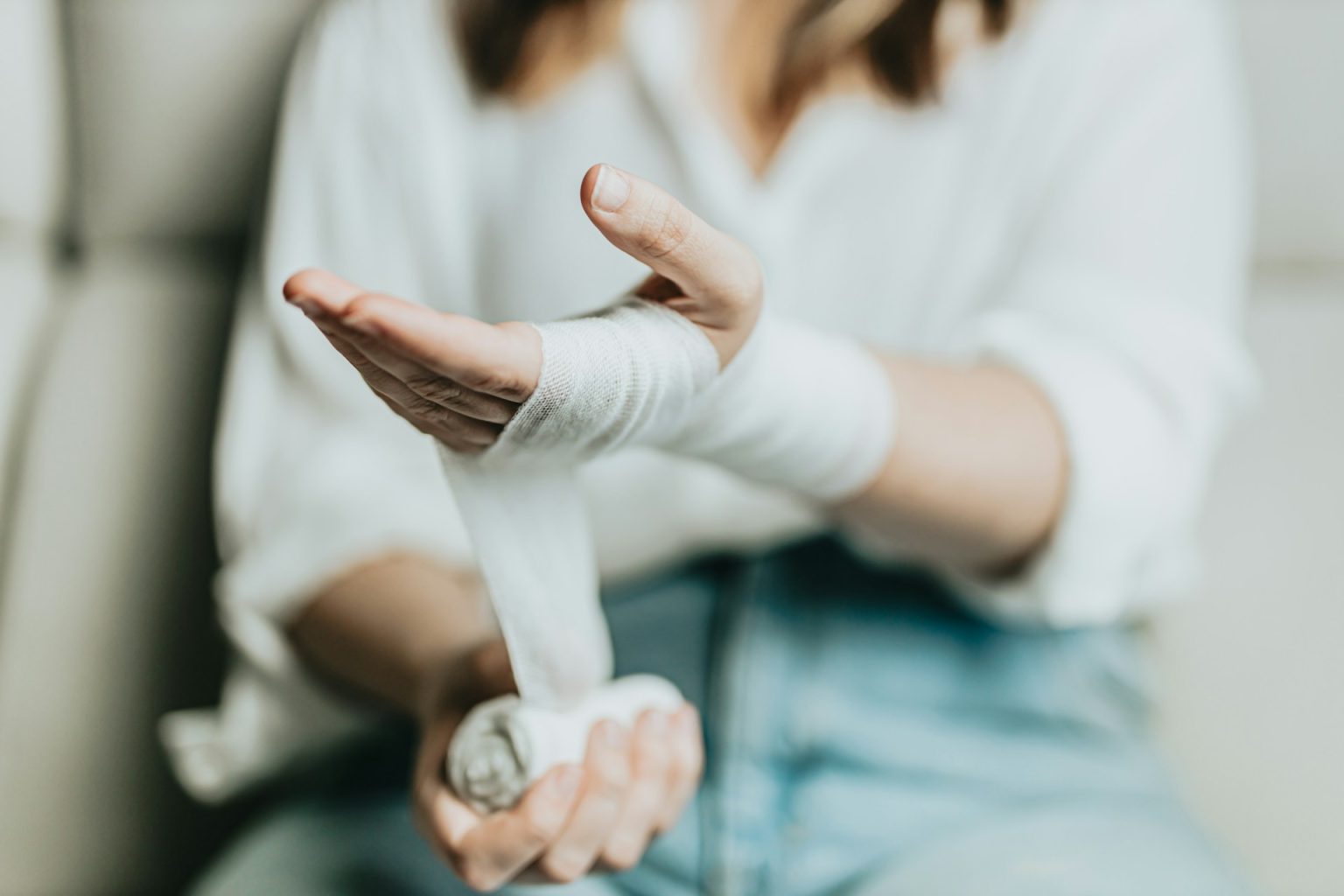It was supposed to be an evening of comfort and indulgence. The restaurant had glowing reviews, the chef was known for seasonal menus, and the service always seemed warm and inviting. Friends gathered around a table filled with the aromas of freshly prepared dishes, the chatter of other guests, and the clinking of glasses. Everything felt effortless, the kind of dining experience people look forward to after a long week.
Somewhere between the starters and the main course, the mood began to shift. A sudden slip on a damp patch of floor, a sharp pain, and the sight of concerned staff rushing over replaced the relaxed atmosphere. The night had gone from lighthearted to tense in seconds. What had been a moment of celebration now carried the weight of an unforeseen injury, and the evening’s plans quickly unraveled.
The incident left everyone at the table shaken. The guests who had been sharing laughter moments before now faced the harsh reality of how fragile enjoyment can be. It was a reminder that even in places designed for comfort and pleasure, risks can unexpectedly surface, casting a shadow over what should have been a joyful evening.
When Personal Injury Interrupts Daily Life
According to mgalaw.com, personal injuries in hospitality settings can happen faster than anyone expects. In a restaurant, hazards can range from spilled drinks creating slick floors to faulty seating or poorly placed furniture. Even a brief lapse in maintenance or attention can result in harm. These incidents can affect both patrons and staff, leaving physical pain and practical challenges to deal with afterward.
For the person injured that night, the immediate concern was the throbbing pain and the uncertainty of its severity. Medical attention became the priority, but it was followed closely by worries about the aftermath. Would the injury require time away from work? Would it lead to lasting mobility issues? In hospitality spaces where people seek comfort, these accidents remind us how quickly daily routines can be disrupted.
The wider effects of such injuries often go unseen. Beyond physical recovery, there can be financial pressure, emotional stress, and changes to relationships. When a personal injury occurs, it often sets off a chain reaction that touches many aspects of life, making the healing process far more complex than what meets the eye.
The Scene After the Incident
Once the initial shock wore off, the restaurant staff moved quickly to assist. Some offered water, others called for medical help, and a few ensured the area was cleared so no one else would be hurt. The injured guest was helped to a safer spot while awaiting professional care. These moments can be chaotic, but they also reveal how businesses handle emergencies and show their commitment to guest well-being.
Other diners looked on, their conversations subdued as they witnessed the incident. What had been a lively atmosphere now carried a quiet tension. For the injured guest, the awareness of all eyes on them added to the discomfort. The evening was no longer about a shared meal; it had become an unplanned lesson in how quickly an ordinary night can shift into something serious.
Behind the scenes, this kind of incident often leads to a thorough review of safety protocols. Businesses look closely at what went wrong and how to prevent similar situations. These efforts reflect not only concern for guests but also a commitment to creating environments where people can feel secure and enjoy their time without worry.
The Road to Recovery
After medical evaluation, it became clear that recovery would take time. Even a relatively minor injury can limit movement and make daily activities challenging. Physical therapy sessions, follow-up appointments, and a gradual return to normal routines became part of the weeks ahead. This meant missed social events, adjusting work commitments, and depending on others for help.
Recovery is rarely just about healing the body. It is also about regaining confidence in public spaces, especially when the injury happens somewhere meant for leisure. Returning to restaurants or similar venues may carry hesitation, and that can linger even after the physical pain fades. The experience shapes not only the body’s resilience but also the mindset with which a person approaches familiar environments.
The emotional ups and downs during recovery can sometimes be overwhelming. Frustration at setbacks and fear of re-injury may arise. Support networks become crucial, and patience becomes an unexpected but essential part of healing. In many ways, recovery is as much about mental strength as it is about physical progress.
How Hospitality Businesses Respond
For restaurants and other venues, an incident like this can become a moment of reflection. Safety measures, staff training, and maintenance routines often receive renewed attention. Owners may review everything from floor inspections to lighting and furniture placement. The goal is to reduce risks and show patrons that their safety is valued alongside their dining experience.
This kind of response also extends to communication. Checking in with the injured guest, offering assistance beyond the initial event, and showing genuine care can make a difference. While no business can eliminate every possible risk, how they react to an accident can shape their reputation and strengthen trust among both guests and staff.
Such incidents can also inspire broader industry conversations. Sharing experiences and best practices across venues encourages a culture where safety and hospitality go hand in hand. When businesses learn from each other, guests benefit from environments that are not only welcoming but also thoughtfully secure.
Moving Forward After an Unexpected Injury
In the weeks following the incident, life gradually began to stabilize for the injured guest. The pain lessened, the therapy sessions helped restore mobility, and the emotional weight of the experience started to lift. Still, the memory of that night remained, not as a source of fear, but as a reminder to stay aware and cautious. It was also a story shared with friends, not for sympathy, but as a way to highlight how easily everyday moments can shift.
For the restaurant, the incident became part of their history too. Policies were refined, staff became more attentive to potential hazards, and a culture of proactive care strengthened. The evening that began as a celebration and ended in the emergency room left both the guest and the business changed, each carrying lessons that would last beyond the initial event. Sometimes, the unexpected moments hold the clearest reminders of how valuable safety, attentiveness, and human connection truly are.
The experience also encouraged both guest and business to value the power of empathy. Recovering from injury is rarely a solitary journey, and having support from others makes the difference. This shared understanding is a bridge that connects patrons and providers beyond simple transactions, building communities where well-being takes center stage.


